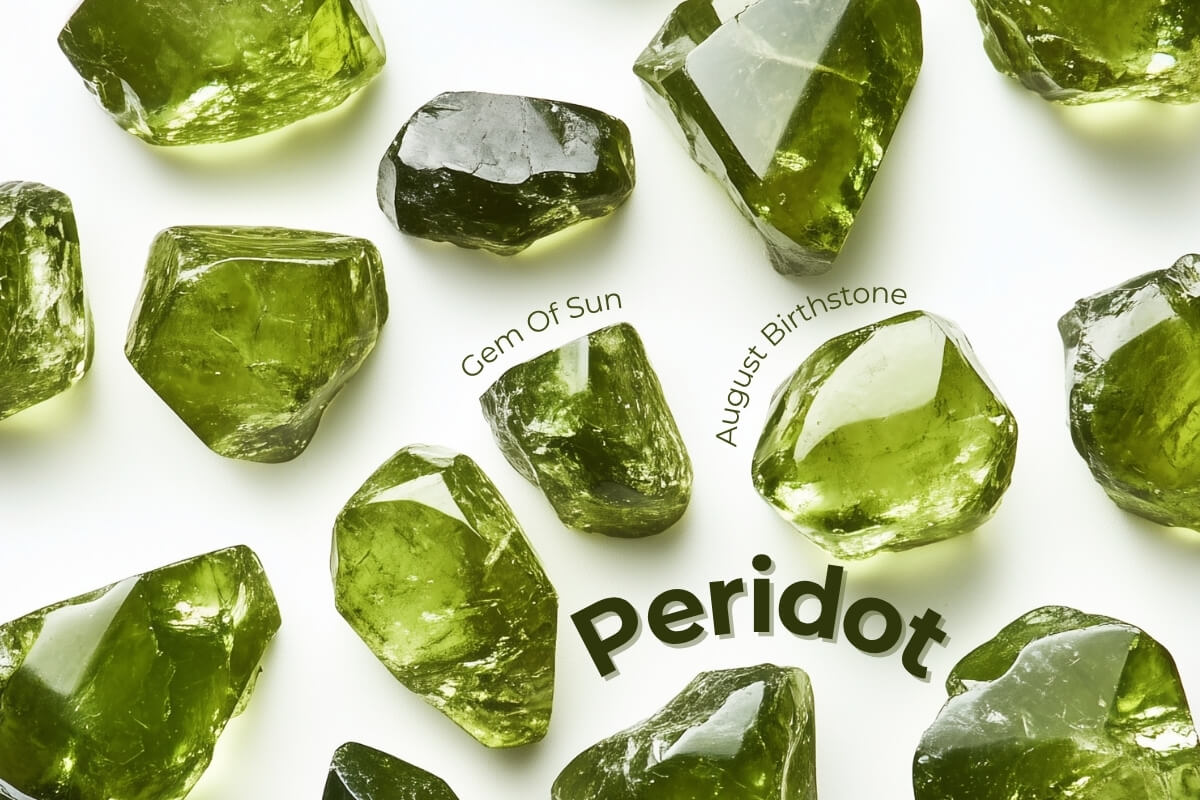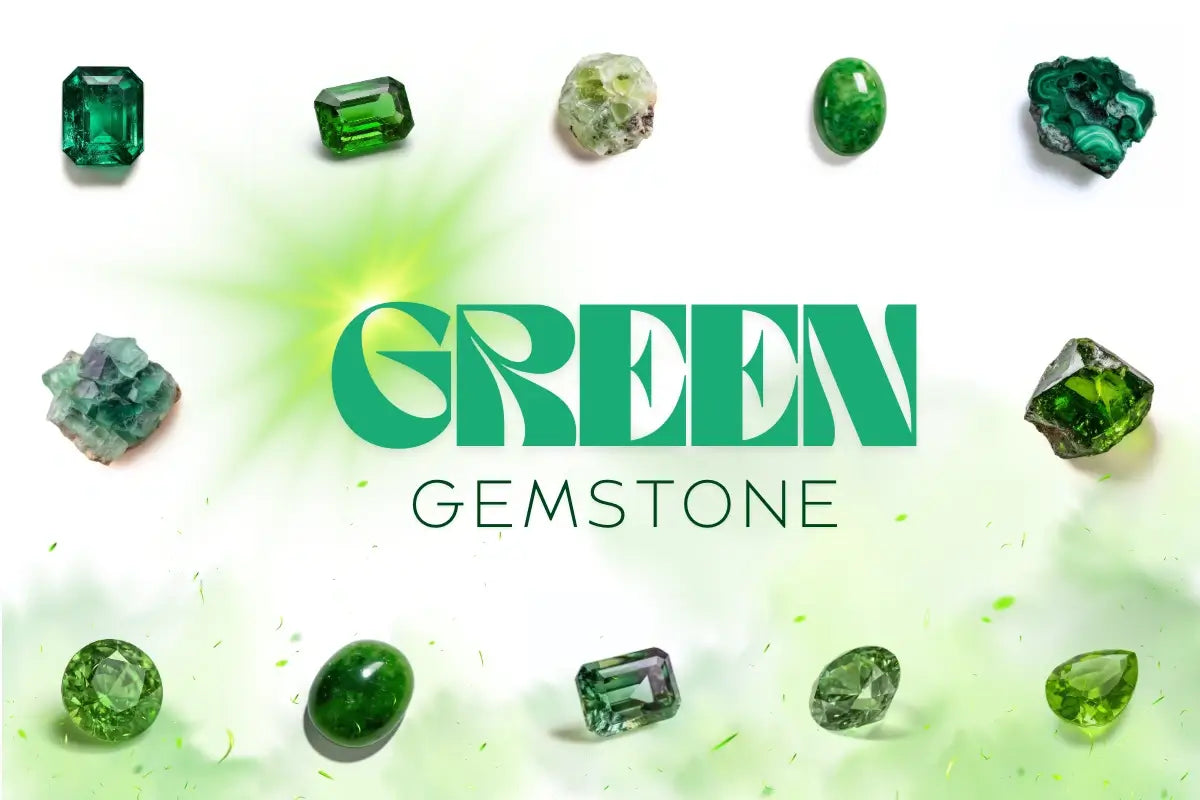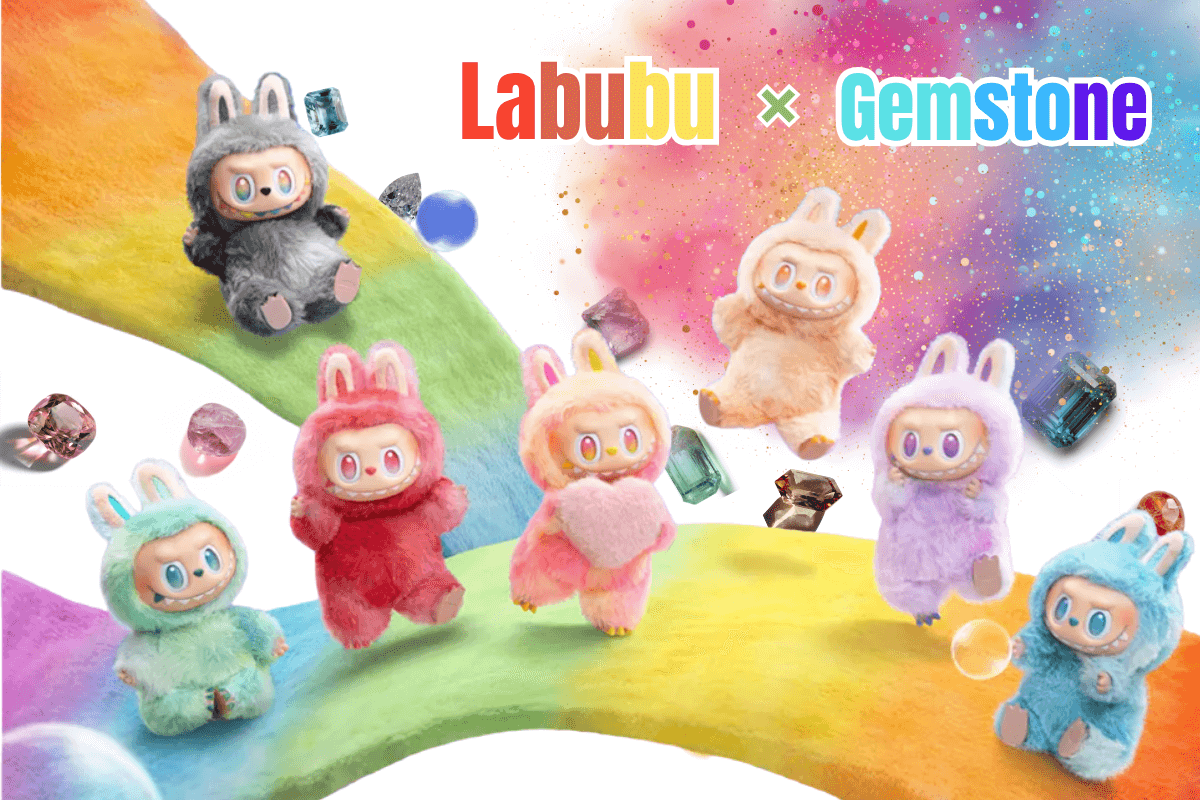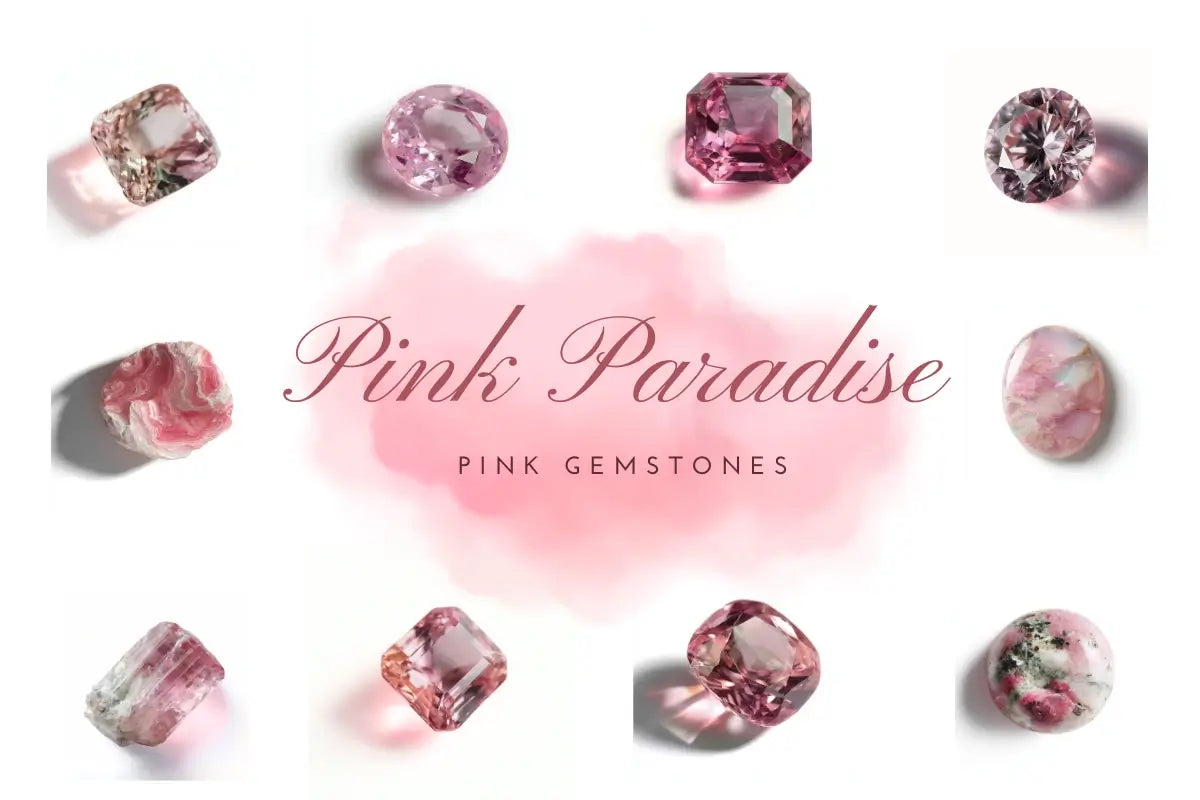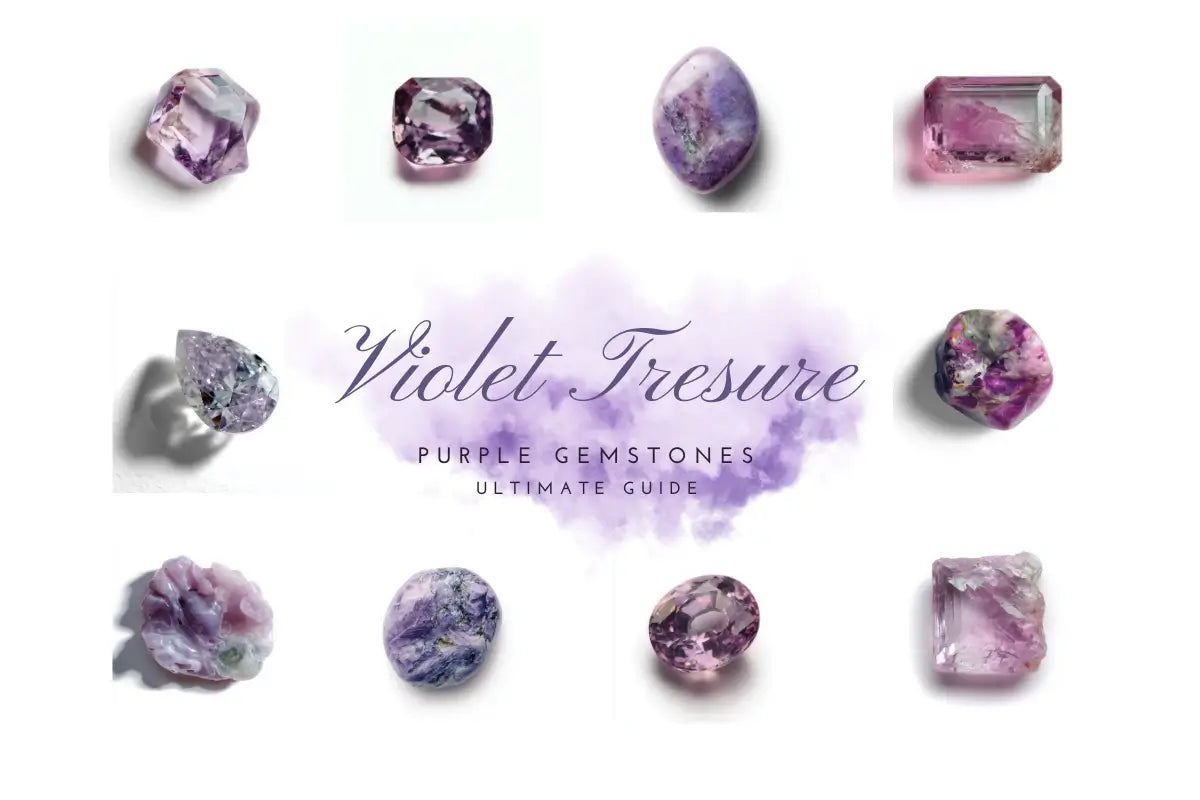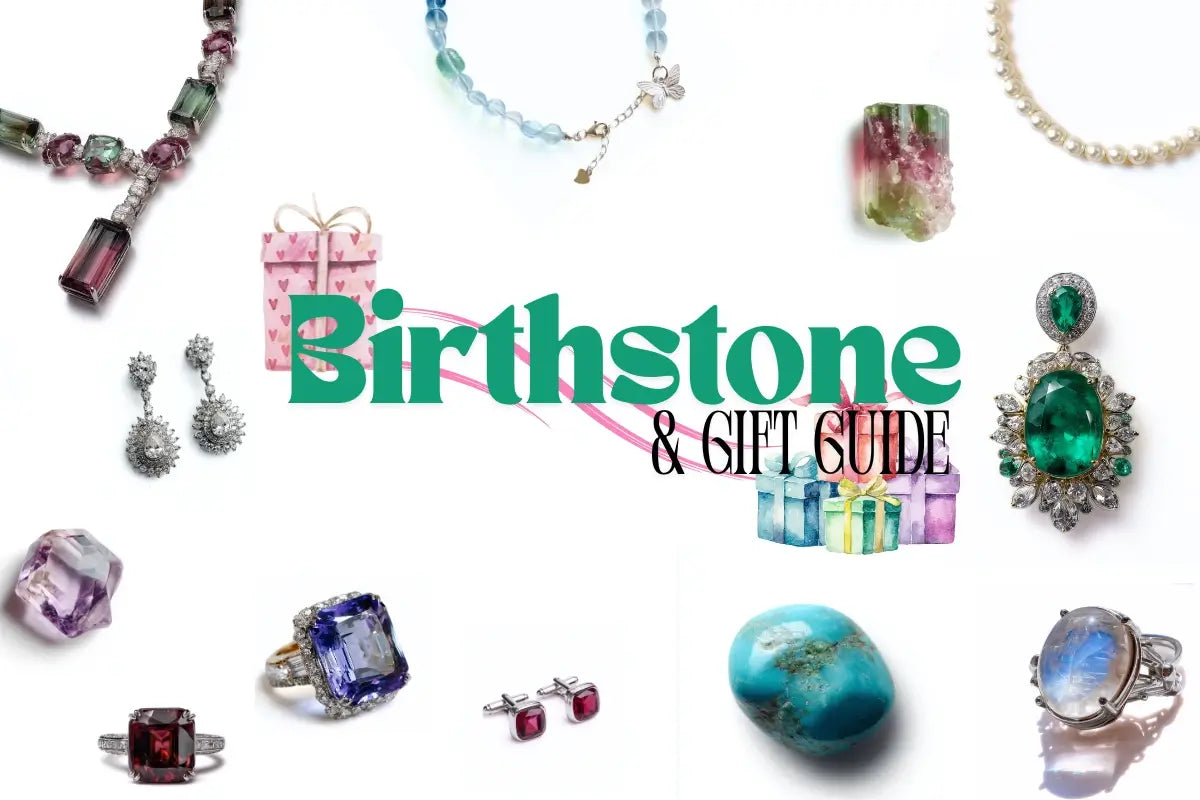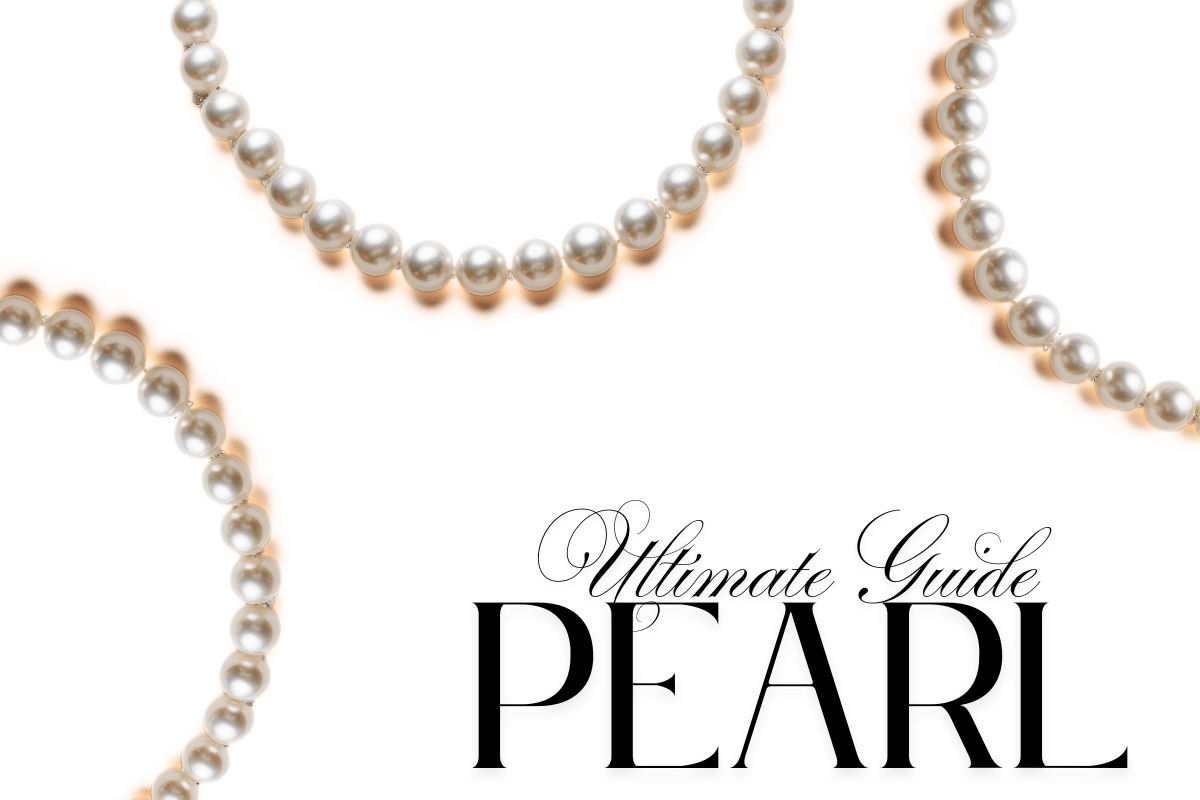
Your Ultimate Guide to Pearl Jewelry: Finding Your Perfect Real Pearl
For centuries, pearls have captivated hearts with their ethereal glow and timeless elegance. It’s safe to say: no jewelry box is truly complete without a strand of real pearls. But navigating the world of pearl jewelry can feel overwhelming. How do you choose the perfect real pearl? How can you be a smart shopper and avoid pitfalls? Let’s dive deep into the fascinating world of pearls – from their biology to buying, wearing, and caring for your treasures. Consider this your personal roadmap to finding your "pearl of great price."
The Magic Begins: Where Do Pearls Come From? (Pearl Biology 101)
Forget the old tale of sand grains! Real pearls form through a remarkable biological process. When an irritant – like a parasite or tissue fragment – enters a mollusk, it defends itself by forming a pearl sac. Special cells within this sac, called the mantle epithelium, secrete layers of lustrous nacre (primarily calcium carbonate). Layer upon layer, this nacre builds up, creating the beautiful gem we adore: a real pearl.
Natural Pearls:
Formed entirely by chance in the wild. Historically found in the Persian Gulf and off Panama, these are museum-level rarities today. If a seller claims "natural pearls," be extremely cautious – they’re as scarce as water in a desert.
Cultured Pearls:
The vast majority (99.99%) of pearls on the market. Through skilled "nucleation," a technician implants a small bead (the nucleus) and a piece of donor mantle tissue into a host mollusk. This mantle tissue is crucial – it determines the pearl’s eventual color and quality. The mollusk then coats the nucleus with its unique nacre.
A Rainbow from the Sea: Understanding Pearl Color

A pearl's allure isn't just one flat hue. Its color is a captivating interplay of three elements:
Bodycolor:
The dominant, underlying color (e.g., white, black, gold, cream).
Overtone:
A translucent secondary color floating over the bodycolor (e.g., rose, green, blue, silver).
Orient
An iridescent, rainbow-like shimmer that seems to move across the surface as the pearl turns.
This interplay makes certain pearls exceptionally valuable. Tahitian pearls with strong peacock overtones, for instance, command premium prices.
The Pearl Pantheon: Types of Real Pearls

Pearls are classified by their origin and how they're grown:
By Formation:
Natural (rare) vs. Cultured (common).
By Environment:
Saltwater Pearls: Cultivated in oceans and seas. Generally more expensive due to higher cultivation costs and often more intense luster.
Freshwater Pearls: Cultivated in lakes, rivers, and ponds. Often more affordable and offer a wider range of shapes and colors.
Saltwater Superstars:
1. Akoya Pearls:
Where are pearls found? Originated in Japan, now primarily farmed in Japan and China (Guangxi).
Biology: Grown in the Pinctada fucata oyster (small, max ~10cm). One pearl per oyster.
Size: Classic range: 2.5mm - 8mm. Over 9mm is rare and expensive.
Color: Classic body colors: White, Cream, Silver/Gray ("True Akoya" or untreated "Natural Gray"). Beware: Bright pinks are always dyed. Akoya are famous for their mirror-like, "ball-bearing" luster – nicknamed "little light bulbs."
Nacre Thickness: Thinner than other saltwater pearls (often 0.3mm - 0.6mm). Experts consider 0.4mm the benchmark. Tip: Examine a drilled hole under magnification to estimate.
Grades (Japan - Mikimoto Standard):
Hanadama ("Flower Pearl"): High quality: Round, >6mm, strong luster, very good surface (minor blemishes <10%), nacre >0.4mm. Bodycolor white, overtones rose/green.
Tenyō ("Heavenly Maiden"): The pinnacle: Meets Hanadama criteria plus richer, more complex overtones (typically rose, blue, and green visible).
True Akoya (Gray): Natural gray Akoya exist but are rare. Most "True Akoya" on the market are treated via gamma irradiation to achieve uniform gray color. While stable, irradiation can darken the nucleus and carries trace radiation (experts recommend storing new pieces for 3-6 months before wearing). Natural untreated grays command higher prices.
Why Expensive? High rejection rates (up to 70% of oysters expel the nucleus!), combined with strict grading, means only about 5% achieve Hanadama/Tenyō status. A single 16-inch strand requires 40+ perfect pearls!
2. Australian South Sea Pearls (Often called "Australian Whites" or "Silver-lipped"):
Where are pearls found? Australia (highest quality), Indonesia, Philippines.
Biology: Grown in the large Pinctada maxima oyster (25-28cm, 3-4kg!), specifically the Silver-lipped variety. Sensitive, long growth cycle (2-3+ years). One pearl per oyster.
Size: Large: 8mm - 18mm+.
Color: Silky white bodycolor with overtones of silver, blue, pink, or champagne. Silvery-blue and silver-rose hues are highly prized and priced accordingly.
The Best: Top grade is called "Venus." Their sublime, satiny luster is unmatched. If you invest in only one type of pearl jewelry, many connoisseurs believe it should be Australian South Sea. Timeless, elegant, and commands attention.
3. Golden South Sea Pearls:
Where are pearls found? Philippines, Indonesia, Myanmar (Burmese Golden is famed for rich color).
Biology: Also grown in the Pinctada maxima, but the Gold-lipped variety. Same standards as Australian Whites.
Size/Luster: Similar size to Aussie Whites. Luster is typically softer and satiny compared to Akoya's sharpness.
Color: Ranges from light champagne to deep, rich 24k-like gold. The highest grade is called "Tea Gold." This opulent color makes them perfect, luxurious gifts, especially for loved ones. Crucial Tip: Be wary of uniform, cheap "golden" pearls – they are often dyed. Natural goldens show subtle variations.
4. Tahitian Pearls ("Black Pearls"):
Where are pearls found? French Polynesia (Tahiti) produces 95%, Cook Islands ~4%.
Biology: Grown in the black-lipped oyster (Pinctada margaritifera). One pearl per oyster.
Size:8mm - 15mm+. Thick nacre (8mm+).
Color: Far from just black! Body colors include black, gray, brown, and peacock green. Overtones create stunning effects: Peacock, Highly iridescent greens/blues/purples (most valuable!)
Beware: Cheap "Tahitians" with dull, uniform dark color are likely dyed or irradiated freshwater pearls. Authentic Tahitians have depth and iridescence.
Freshwater Gems:
1. Traditional Freshwater Pearls (Mostly Nucleus-Free):
Where are pearls found? Primarily China (Zhuji region).
Biology: Grown in Hyriopsis cumingii mussels. Up to 20-40 pearls per mussel! Tissue nucleation only (no bead).
Size/Shape: 2mm - 15mm. Mostly off-round, button, baroque, or rice-shaped. Perfectly round is rare. Colors: White, cream, peach, pink, lavender (unique to freshwater!). Note: Freshwater pearls are not naturally black or gold. Such colors indicate treatment.
Luster/Price: Generally softer luster than top saltwater pearls, making them a fantastic value for beautiful, everyday pearl jewelry.
2. Freshwater Beaded Pearls (Including Edison Pearls):
Biology: Modern technique implants a bead nucleus + mantle tissue (like saltwater), usually into the Hyriopsis cumingii or larger Hyriopsis schlegelii mussel. One pearl per mussel.
Size/Shape: Larger (up to 15mm+), rounder shapes achievable.
Luster: Can achieve excellent luster rivaling saltwater pearls.
Edison Pearls: A premium brand of large, high-quality freshwater beaded pearls. Known for:
Size: Often 10mm-15mm+
Luster: Very good to excellent
Nacre: Very thick
Color: White, deep purples ("Monster Purple" or "Magic Purple"), oranges, pinks, and unique "Freshwater Baroque" with metallic overtones. A stunning and more affordable alternative to South Sea pearls.
The Crown Jewels of Rarity: Natural Non-Nacreous Pearls
1. Melō Melō Pearls ("Dragon Pearls"):
Where are pearls found? Southeast Asia (Vietnam, Thailand, Myanmar).
Biology: Formed in the Melō Melo sea snail (Volutidae family). No nacre! Instead, they have a unique porcelain-like structure. Cannot be cultured. Found by chance.
Size/Appearance: Very large (often 10mm-30mm+, over 100 carats common). Colors: Yellow, orange, brown. The most prized color is a vibrant orange resembling a ripe papaya, often showing distinctive "flame" patterns.
Rarity/Value: Extremely rare (only ~200 known globally!). Holds the world record for a single pearl auction price (100.4ct for $270 million USD in 2003).
2. Conch Pearls ("Queen Conch Pearls"):
Where are pearls found? Caribbean (Bahamas, Florida Keys, Mexico).
Biology: Formed in the Queen Conch (Lobatus gigas). No nacre! Porcelain-like structure. Cannot be cultured.
Size/Shape: Usually small (1-2ct), oval or baroque. Over 5ct is extraordinary.
Color/Appearance: Ranges from white to brown, but the prized hue is a delicate "Barbie pink." All display unique, mesmerizing "flame structure" patterns on their surface.
Rarity/Value: Extremely rare (only ~600 gem-quality pearls found yearly!). High demand drives significant prices.
Cracking the Code: What Makes Real Pearl Jewelry Valuable?
1. Size: Bigger = More Valuable (within the same type/quality).
2. Shape: Round = Most Valuable. Near-round, drop (teardrop), baroque, and button shapes follow. Keshi (non-beaded) pearls are unique and valued for their shape and solid nacre.
3. Luster: The Heart of Beauty! The sharper, brighter, more mirror-like the reflection, the better. Look for pearls where you can clearly see your reflection. High luster often outweighs minor blemishes.
4. Surface Quality: Fewer blemishes = Higher Value. Look for spots, bumps, wrinkles, gaps, or cracks. Perfection is rare; focus on clean surfaces from a normal viewing distance.
5. Nacre Quality: Thick, smooth, well-formed nacre is essential for durability and beauty. Thin nacre looks dull and chips easily.
6. Color & Overtone: Personal preference matters, but rare or highly desirable colors/overtones (e.g., Tahitian Peacock, Deep Golden South Sea) command premiums.
7. Matching: For strands or pairs, uniformity in all the above factors is difficult and adds value.
8. Rarity: Natural pearls, large sizes, perfect rounds, and unique colors are inherently scarce.
Spotting the Real Deal: How to Identify Real Pearls
1. The Tooth Test (Gently!): Rub the pearl lightly against the edge of your front tooth. A real pearl or high-quality cultured pearl will feel distinctly gritty or sandy. Plastic or glass imitations feel smooth.
2. Visual Inspection:
Luster/Orient: Real pearls have depth and inner glow (orient), not a flat, plastic shine. Look for subtle color variations.
Surface: Look closely under good light. Real pearls often have minor blemishes or texture. Too perfect might be fake. Check drill holes – real pearl holes are usually clean and sharp; coatings on fakes may chip or peel near the hole, revealing base material.
Weight: Real pearls feel cool and substantial for their size. Majorica (glass bead) pearls feel heavy. Plastic feels light.
3. UV Light (Black Light): Many real pearls (especially white Akoya, Freshwater) exhibit fluorescence – they glow under UV light. Dyed pearls might show uneven fluorescence. (Note: Not all real pearls fluoresce, and some fakes might too. Use with other tests).
4. X-Ray (Lab Only): Reveals internal structure – concentric layers in nacreous pearls, the bead nucleus in cultured beads, or the unique structure of conch/melō pearls.
Choosing Your Perfect Pearl Jewelry: Saltwater vs. Freshwater?
Freshwater Pearls:
The best pearls for beginners or those seeking beautiful, affordable pearl jewelry. Offer incredible variety in color, shape, and size. Modern beaded freshwater pearls (like Edison) rival saltwater in luster and size at a fraction of the cost. Ideal for everyday wear, experimentation, and fashion pieces.
Saltwater Pearls (Akoya, South Sea, Tahitian):
The choice for heirloom quality, investment, or that special, high-impact piece. Offer classic styles, intense luster (Akoya), and large sizes (South Sea/Tahitian). Command higher prices, reflecting their cultivation difficulty and prestige.
Finding Your Fit: Pearl Sizing Guide
Necklaces:
8mm-9mm:The sweet spot! Classic, versatile, perfect for any occasion.
< 5mm: Delicate, ideal for layering or petite chains.
10mm+: Makes a bold, elegant statement.
Length: For 6mm+ pearls, 16"-18" (40-45cm) is universally flattering (princess/choker length). Below 5mm, shorter lengths (14"-16") work well.
Earrings:
Studs: 6mm-8mm = Everyday elegance. 10mm = Glamorous presence. 12mm+ = Ultimate black-tie drama.
Drops/Dangles: Can be larger, balancing style and comfort.
Cherishing Your Treasure: Pearl Care Essentials
Pearls (Mohs hardness 2.5-4.5) are delicate – softer than your fingernail! Treat them with care:
1. Last On, First Off: Apply perfume, hairspray, and makeup before putting on pearl jewelry. Chemicals and acids damage nacre.
2. Wipe After Wear: Gently wipe with a soft, damp cloth to remove oils/sweat. Let air dry completely.
3. Keep Them Hydrated: Wear them! Skin's natural oils help maintain luster. Avoid storing in overly dry environments (like safes without humidity control) for extended periods.
4. Store Separately: Keep pearls in a soft pouch or lined jewelry box away from harder gems and metals to prevent scratches. Avoid plastic bags.
5. Keep Dry: Remove pearls before bathing, swimming (chlorine/salt is brutal), or doing dishes.
6. Avoid Heat & Sunlight: Prolonged exposure can dry them out and cause fading/yellowing.
7. Restring Regularly: For necklaces/bracelets, restring every 1-3 years (depending on wear) with silk or synthetic thread to prevent breakage. Knots between pearls prevent loss if the strand breaks.
8. Rings & Bracelets: Be extra cautious. These pieces endure more bumps. Opt for protective settings ("bezel" or "gypsy") over simple prongs.
Ready to Find Your Pearl?
Armed with this knowledge, you're ready to explore the enchanting world of pearl jewelry with confidence. Whether you're drawn to the classic brilliance of Akoya, the majestic size of Australian South Sea, the exotic allure of Tahitian, the vibrant hues of Freshwater, or simply want a beautiful strand of real pearls, understanding their origins, value factors, and care empowers you to make a smart, joyful choice.
Remember: The best pearls are ultimately the ones that speak to your heart and style. Let them tell your story. Now go forth and find your perfect pearl!



